Rich Heritage And Natural Charm Of Bosnia And Herzegovina
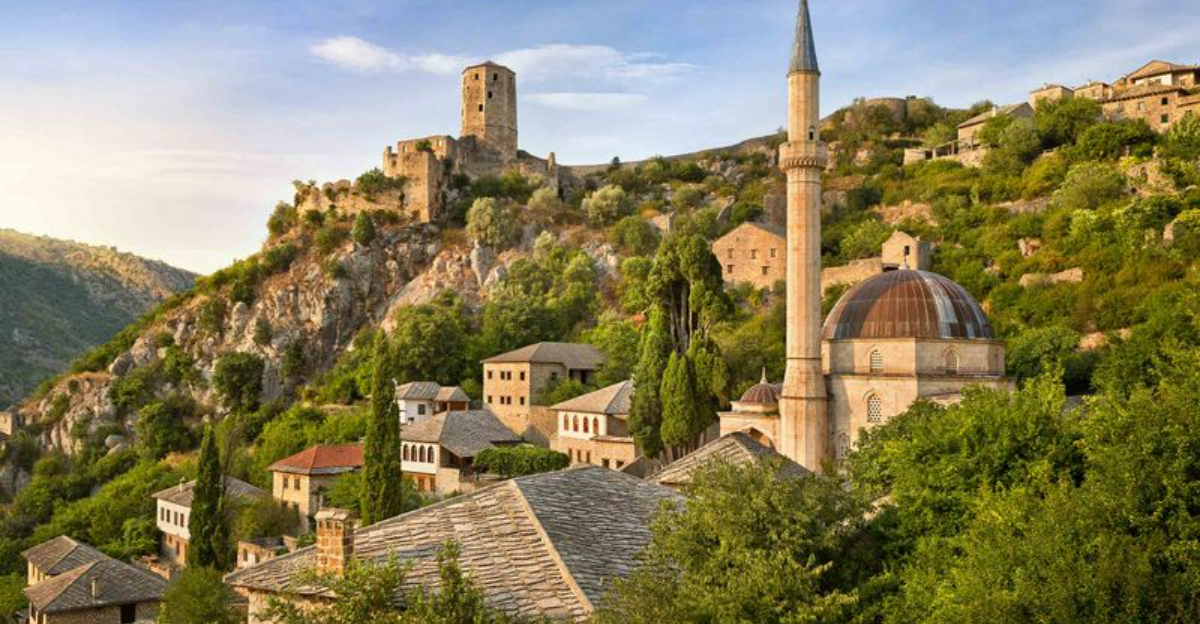
Nestled in the heart of the Balkans, Bosnia and Herzegovina is a land where East meets West in a fascinating blend of cultures, traditions, and landscapes. This small European gem boasts centuries of complex history reflected in its architecture, cuisine, and customs.
From misty mountains and emerald rivers to ancient fortresses and vibrant markets, Bosnia offers travelers an authentic experience that remains surprisingly undiscovered by mass tourism.
1. Stari Most: The Iconic Bridge of Mostar
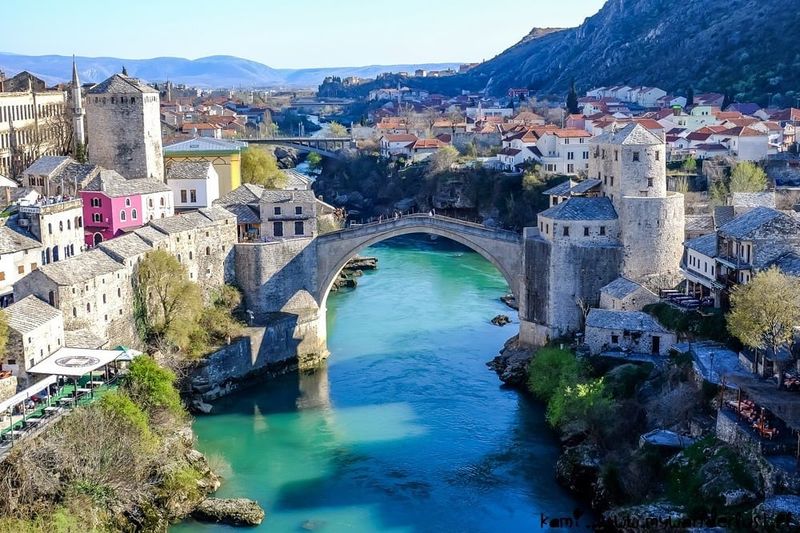
Standing proudly since the 16th century (well, with a brief interruption in the 1990s), this graceful stone arch connects not just two riverbanks but different cultures and histories. Local divers perform heart-stopping jumps from its 24-meter height into the emerald Neretva River below.
When wandering through Mostar’s cobbled streets, you’ll find the atmosphere changes as you cross this UNESCO-protected landmark. The Ottoman influence gradually blends with Austro-Hungarian elements, creating a unique cultural landscape you won’t find anywhere else in Europe.
2. Sarajevo’s Baščaršija: Where Time Stands Still

Walking through this Ottoman-era bazaar feels like stepping into a living history book. Copper craftsmen hammer away at traditional coffee sets while the aroma of Bosnian coffee and grilled ćevapi fills the narrow lanes. Locals call this area the heart of Sarajevo for good reason.
If you listen carefully, you might hear the call to prayer mixing with church bells – a testament to the city’s religious diversity. The wooden shops and hidden courtyards have witnessed centuries of trade, conversations, and cultural exchange, surviving wars and modernization with their charm intact.
3. Kravice Waterfalls: Nature’s Hidden Masterpiece

Hidden away in Herzegovina’s karst landscape, these magnificent cascades tumble over a 25-meter cliff in a horseshoe formation. During summer months, the emerald pools below become nature’s perfect swimming spots, refreshingly cold even on the hottest days.
Unlike more famous European waterfalls, Kravice often gives visitors the feeling of discovering something secret. The surrounding forests create a peaceful atmosphere where you can picnic, swim, or simply marvel at how the sunlight creates rainbows in the mist. Many travelers consider this natural wonder among Bosnia’s most photogenic spots.
4. Sutjeska National Park: Primeval Forests and Majestic Peaks

Home to Perućica, one of Europe’s last remaining primeval forests, this breathtaking park feels like stepping into a fairy tale. Ancient beech trees tower overhead, some over 300 years old, creating an ecosystem that has remained largely unchanged since the ice age.
Hikers seeking adventure can tackle Maglić, Bosnia’s highest peak at 2,386 meters, offering panoramic views into neighboring Montenegro. The park holds deep historical significance too – it was the site of a crucial WWII battle where Partisan forces narrowly escaped encirclement. Wildlife enthusiasts might spot bears, wolves, and eagles in this pristine wilderness.
5. Počitelj: The Stone Village Frozen in Time
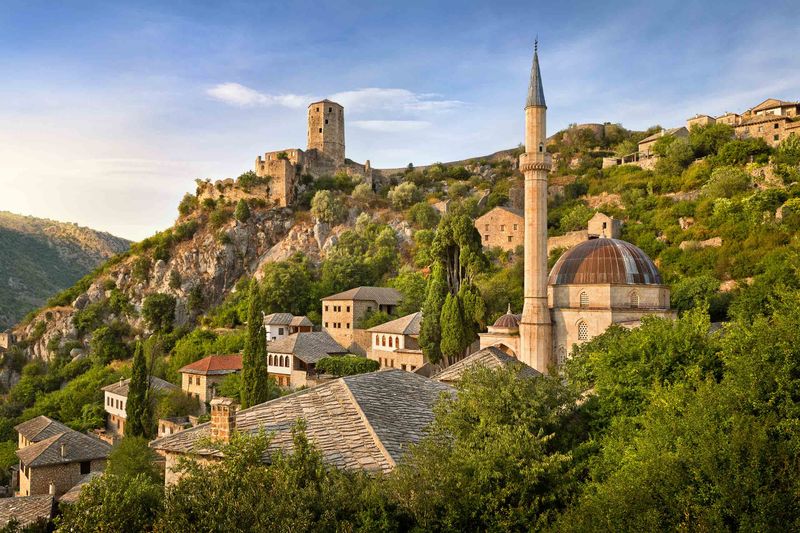
Clinging to a hillside above the Neretva River, this fortified medieval village showcases the perfect blend of Ottoman and Mediterranean architecture. Every stone house, narrow stairway, and hidden courtyard tells stories of centuries past when this was a strategic stronghold.
Artists particularly love Počitelj for its special quality of light and harmonious design. The climb to the fortress tower rewards visitors with breathtaking views of terracotta roofs against the blue-green river below. Despite being partially destroyed during recent conflicts, careful restoration has brought this architectural gem back to life.
6. Bosnian Coffee Culture: A Ritual of Hospitality
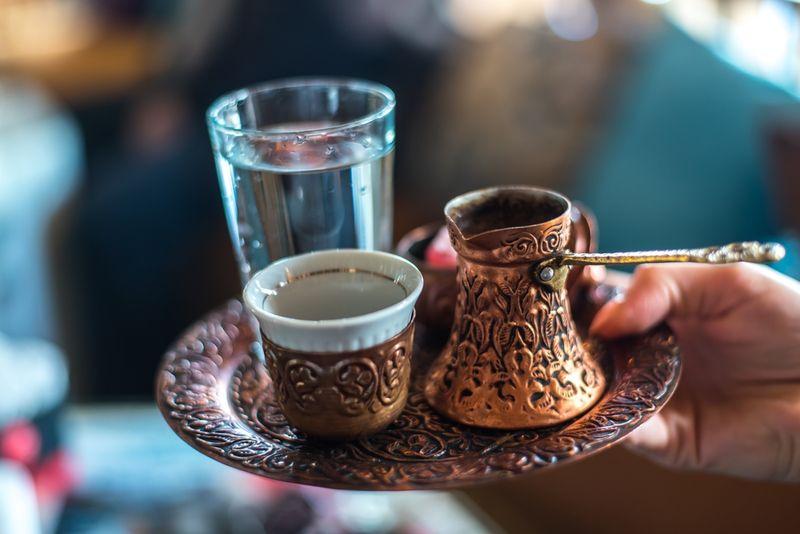
More than just a beverage, Bosnian coffee represents a cherished social ritual that brings people together. Served in decorated džezvas (copper pots) with rahat lokum (Turkish delight) on the side, this thick, unfiltered brew demands you slow down and savor the moment.
Locals believe you can read a person’s character by how they prepare and serve coffee. The experience involves specific pouring techniques that create a rich foam called crema. When invited into a Bosnian home, refusing coffee is practically unheard of – it’s considered the foundation of any meaningful conversation or friendship.
7. Una National Park: The Emerald River Paradise

Flowing with impossibly clear turquoise waters, the Una River creates a borderland paradise filled with waterfalls, rapids, and tranquil pools. Kayakers and rafters find their heaven navigating between the dramatic cascades of Štrbački Buk and Martin Brod.
Medieval ruins dot the landscape, including the impressive Ostrovica fortress overlooking the rushing waters below. The park’s microclimate supports unique plant species found nowhere else in Europe. For those seeking peaceful moments, the riverside meadows offer perfect picnic spots where you can listen to the soothing sounds of water while watching emerald dragonflies dance above the surface.
8. Travnik: The Vizier City of Ottoman Splendor
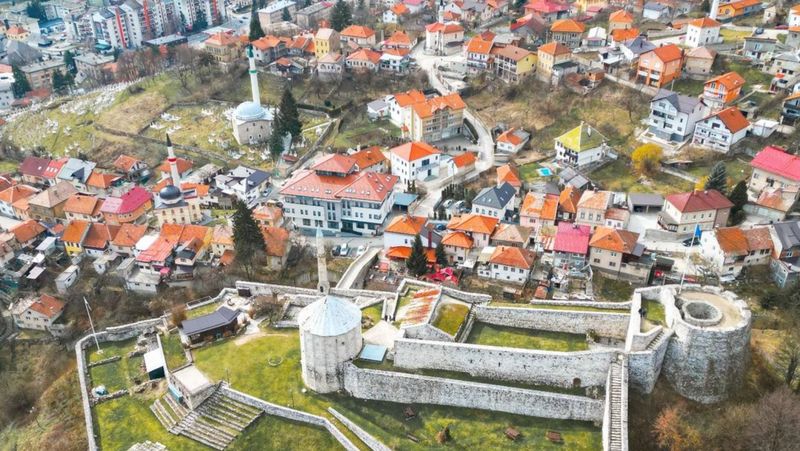
Once the capital of Bosnia under Ottoman rule, Travnik preserves its legacy as the city of viziers and poets. The colorful mosque complex with twin clock towers dominates the old town, while the imposing fortress provides spectacular views of the valley surrounded by mountains.
Food lovers shouldn’t miss trying the local specialty – Travnik cheese. This creamy delicacy has been produced in the surrounding mountains for centuries using traditional methods. The city’s position along important trade routes created a cosmopolitan atmosphere that still resonates today, making it a fascinating day trip from Sarajevo.
9. Steći: Mysterious Medieval Tombstones

Scattered across remote meadows and forests, these massive stone monuments represent one of Europe’s most enigmatic medieval art forms. Carved between the 12th and 16th centuries, steći (singular: stećak) feature intricate symbols, hunting scenes, and dancing figures that continue to puzzle historians.
The UNESCO-protected necropolis at Radimlja contains some of the finest examples, with detailed depictions of medieval life and symbolic imagery. What makes these tombstones truly special is how they represent a unique Bosnian cultural expression that transcended religious boundaries during a time of significant change in the Balkans.
10. Jajce: The Royal Waterfall City
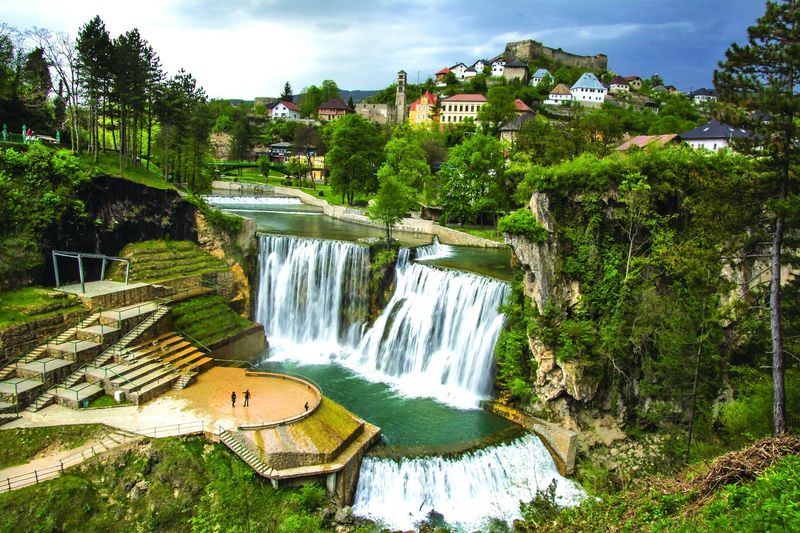
How many cities can boast a 21-meter waterfall right in their center? The thundering Pliva Falls creates a magical backdrop to this former royal capital where Bosnia’s last king was crowned. Medieval walls encircle the old town, climbing uphill to a fortress that witnessed centuries of turbulent history.
Just outside town, the peaceful Pliva Lakes offer a complete contrast with their serene beauty. Don’t miss the unique wooden watermills that look like they belong in a fairy tale. These traditional structures once ground wheat for local villagers and now stand as picturesque reminders of rural ingenuity that has nearly disappeared from modern Europe.
